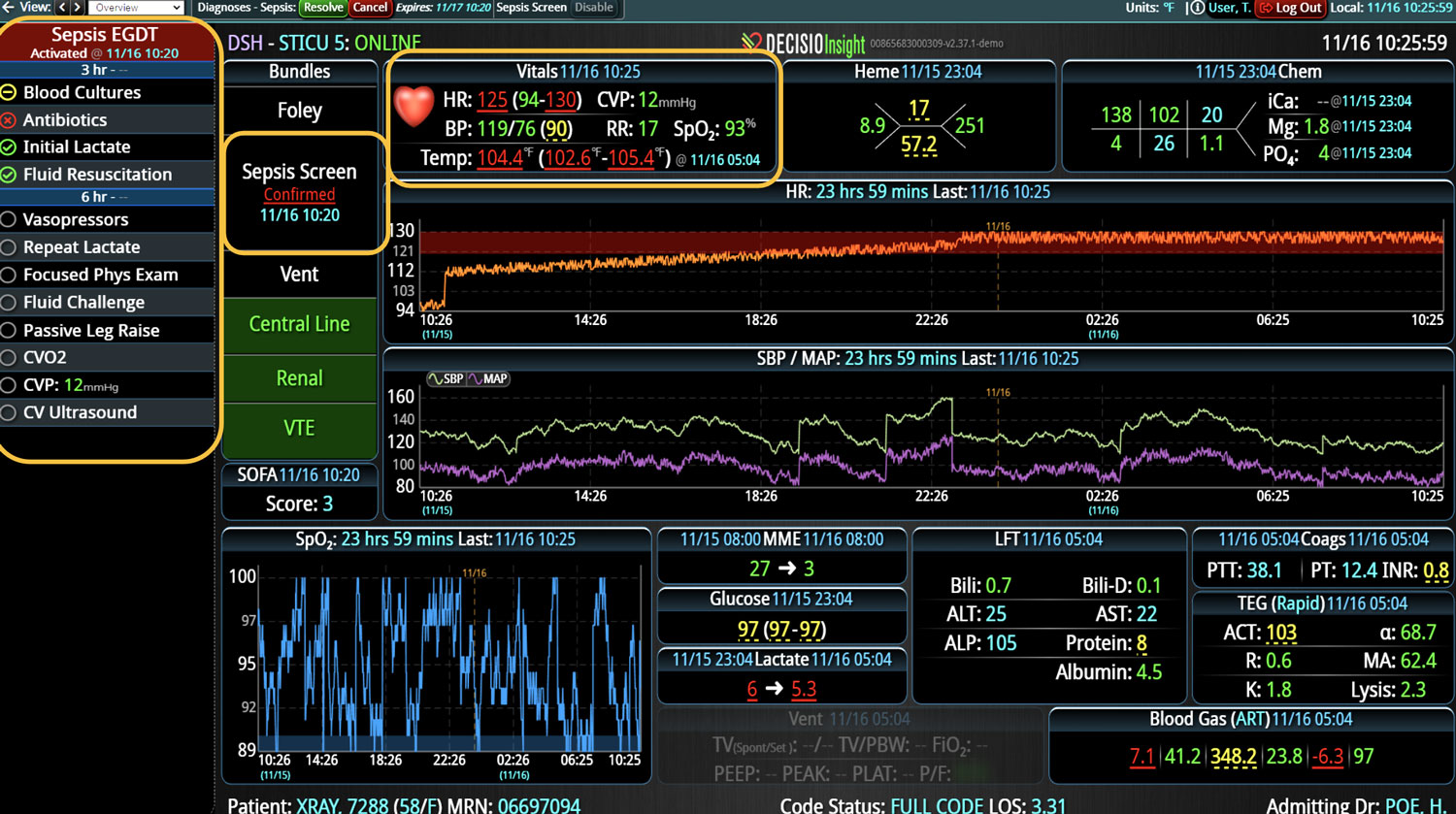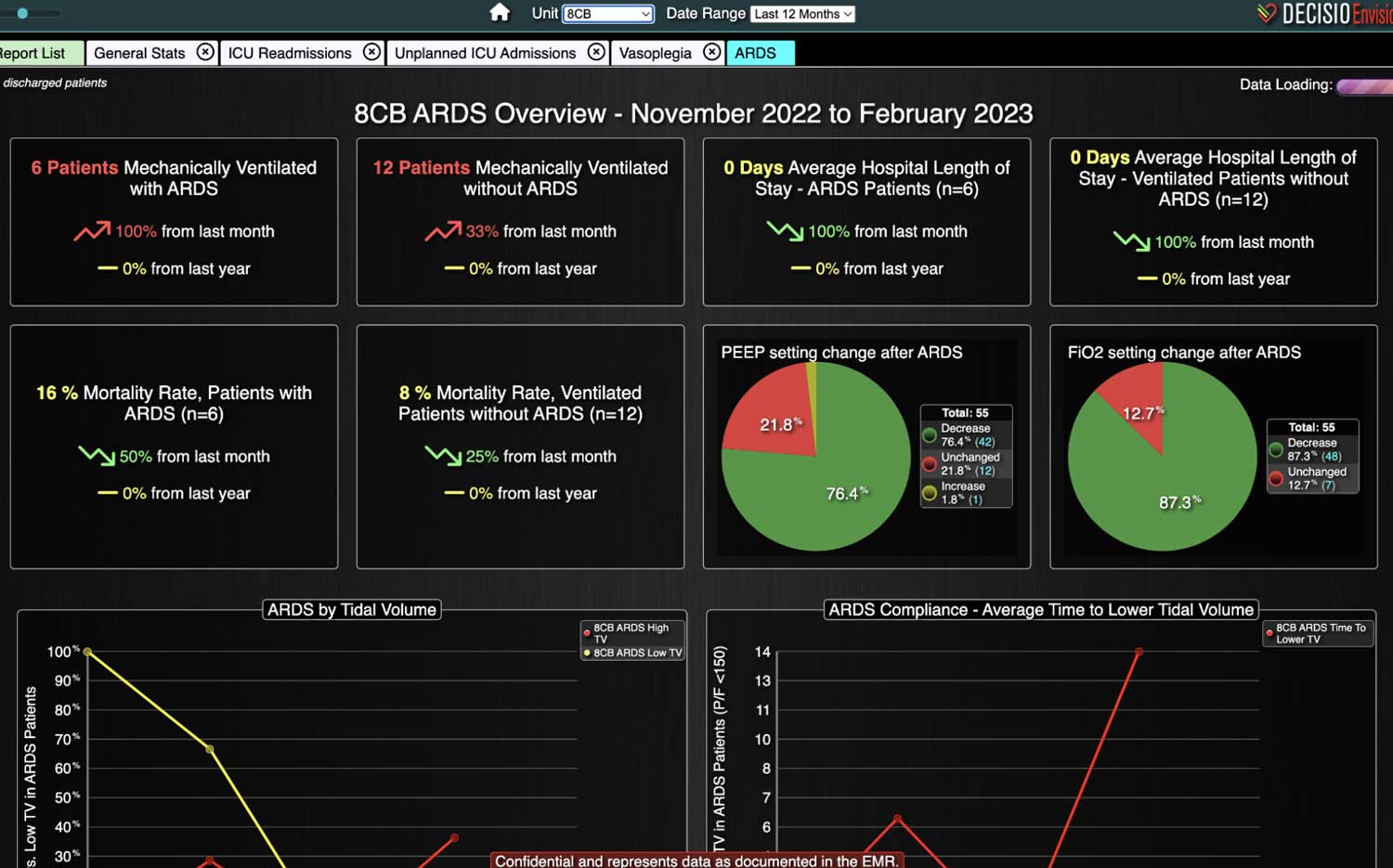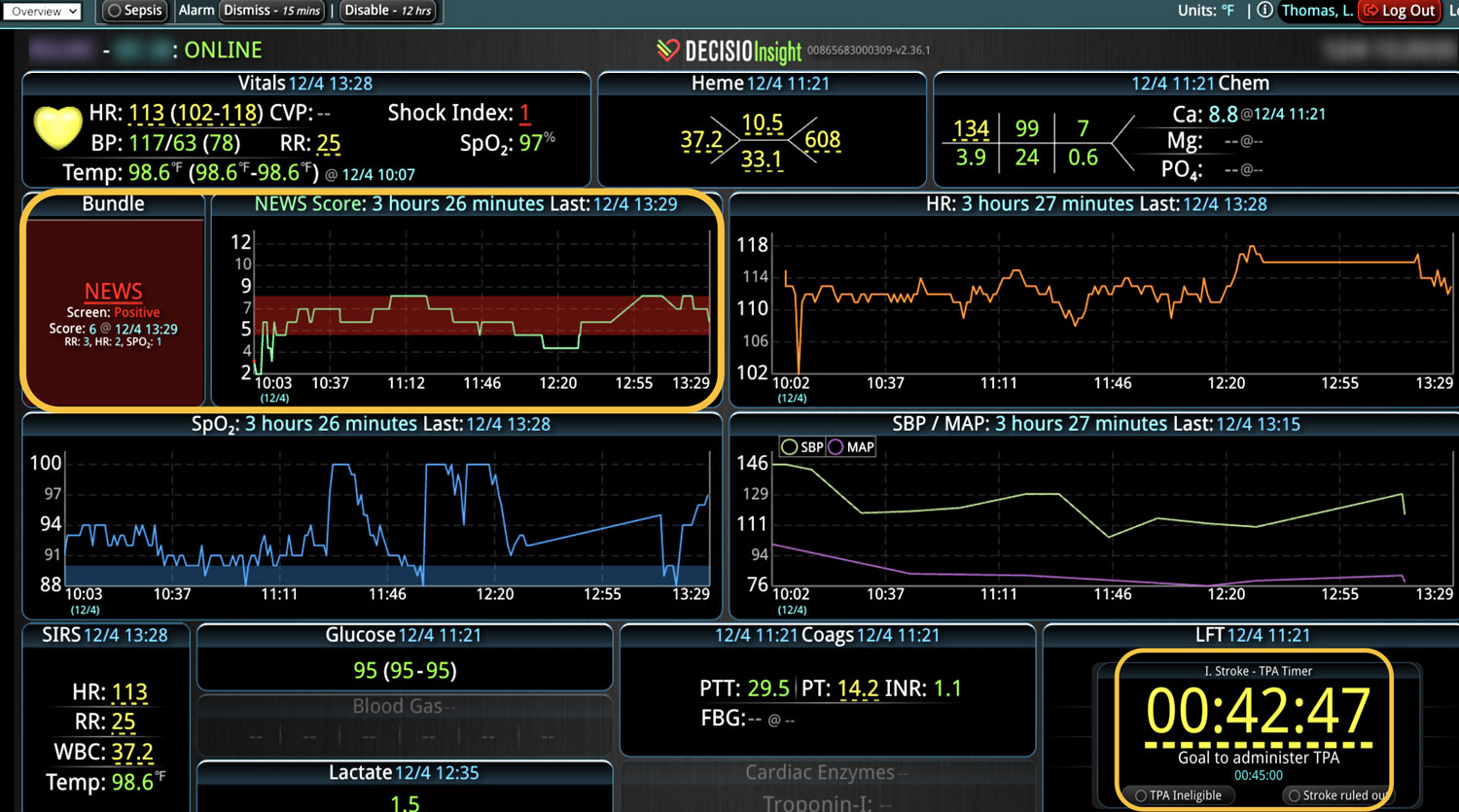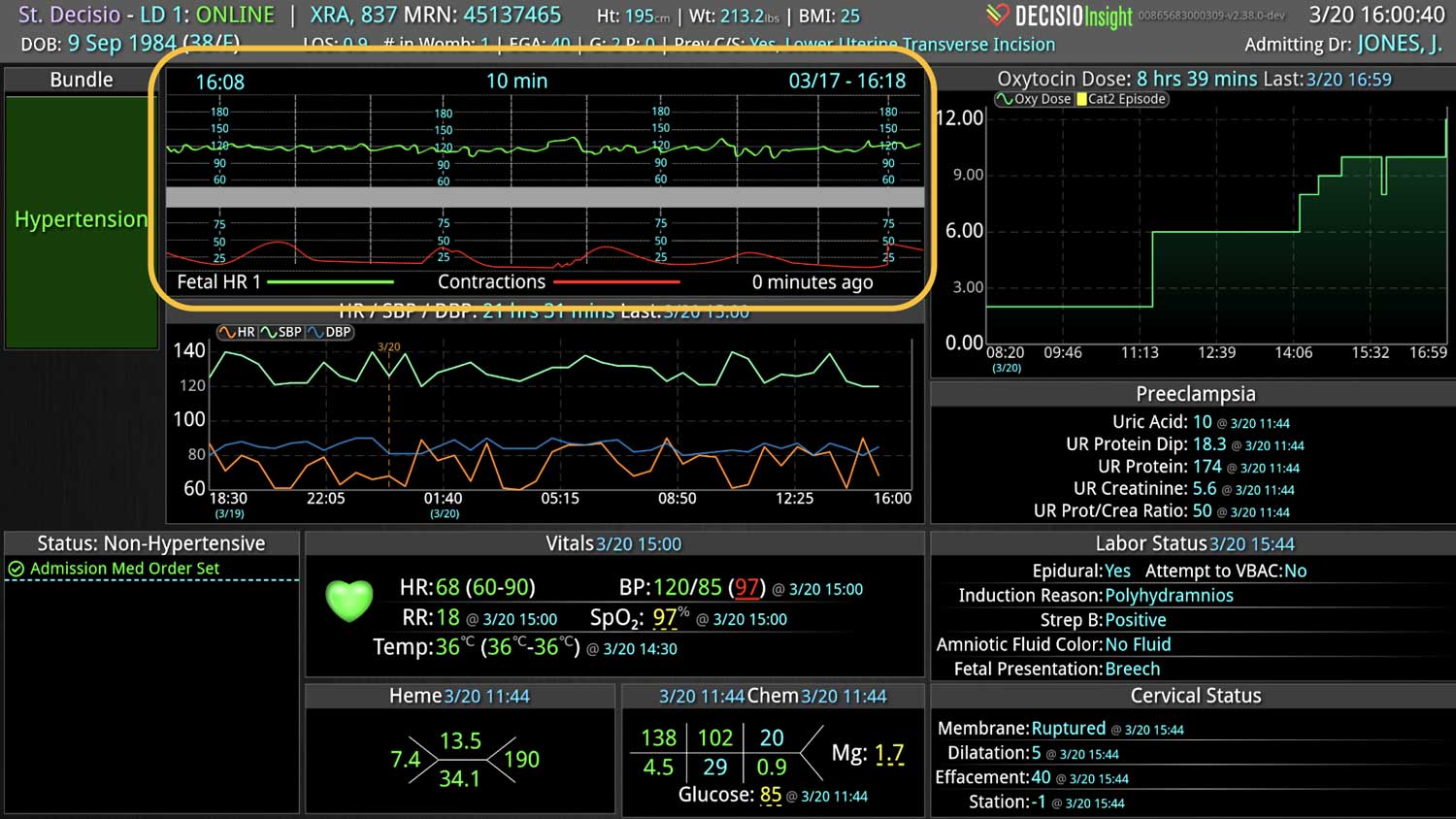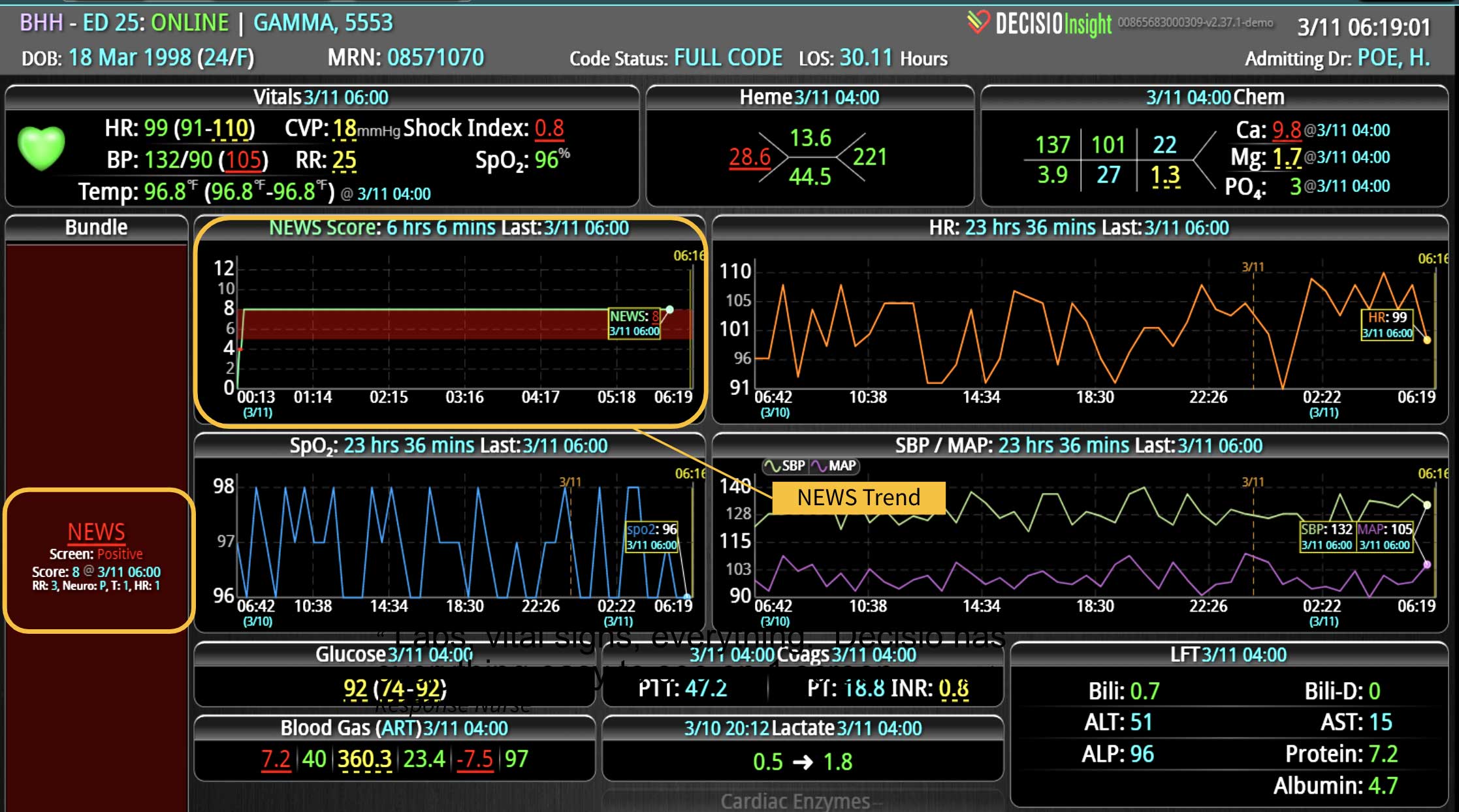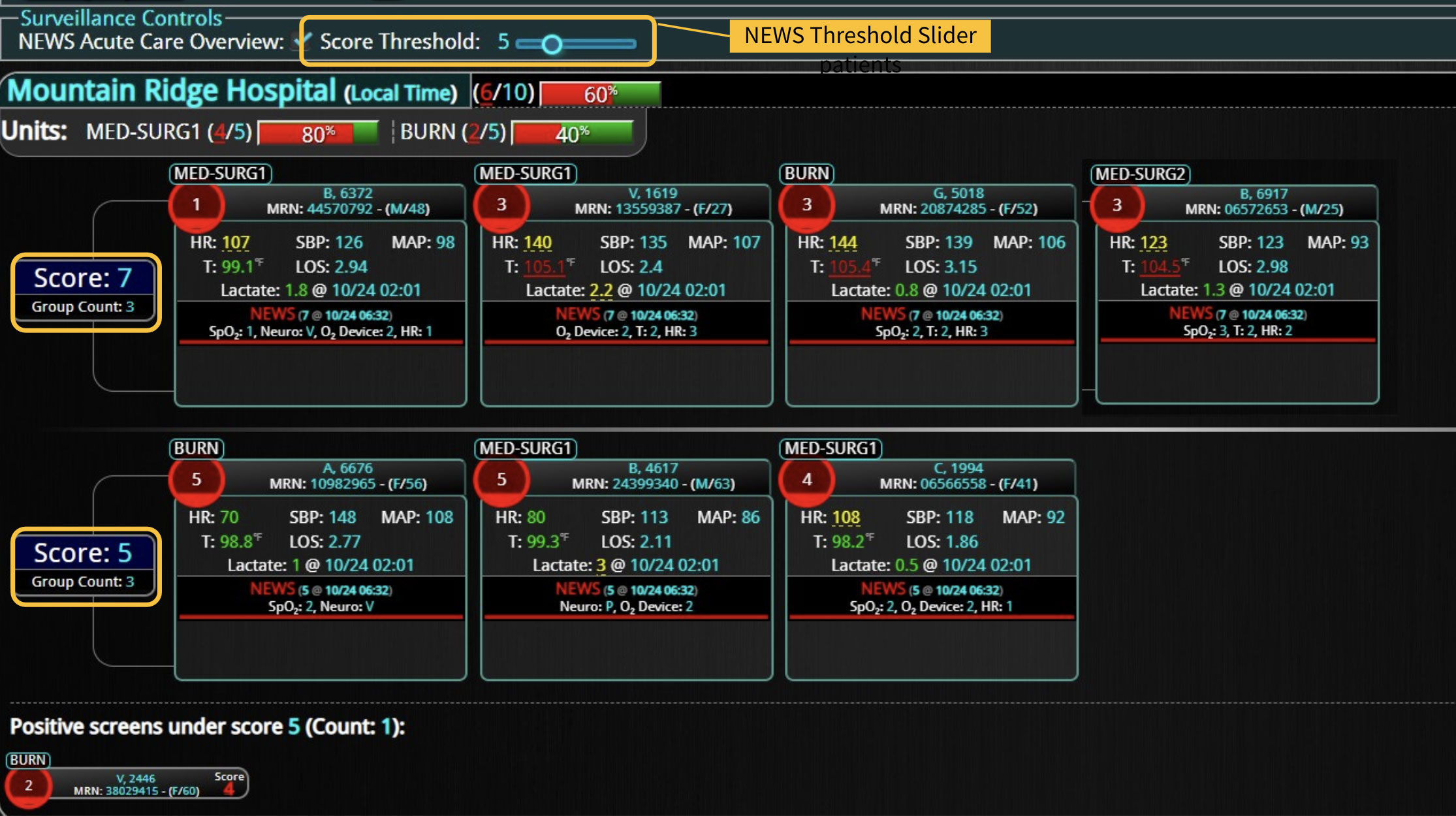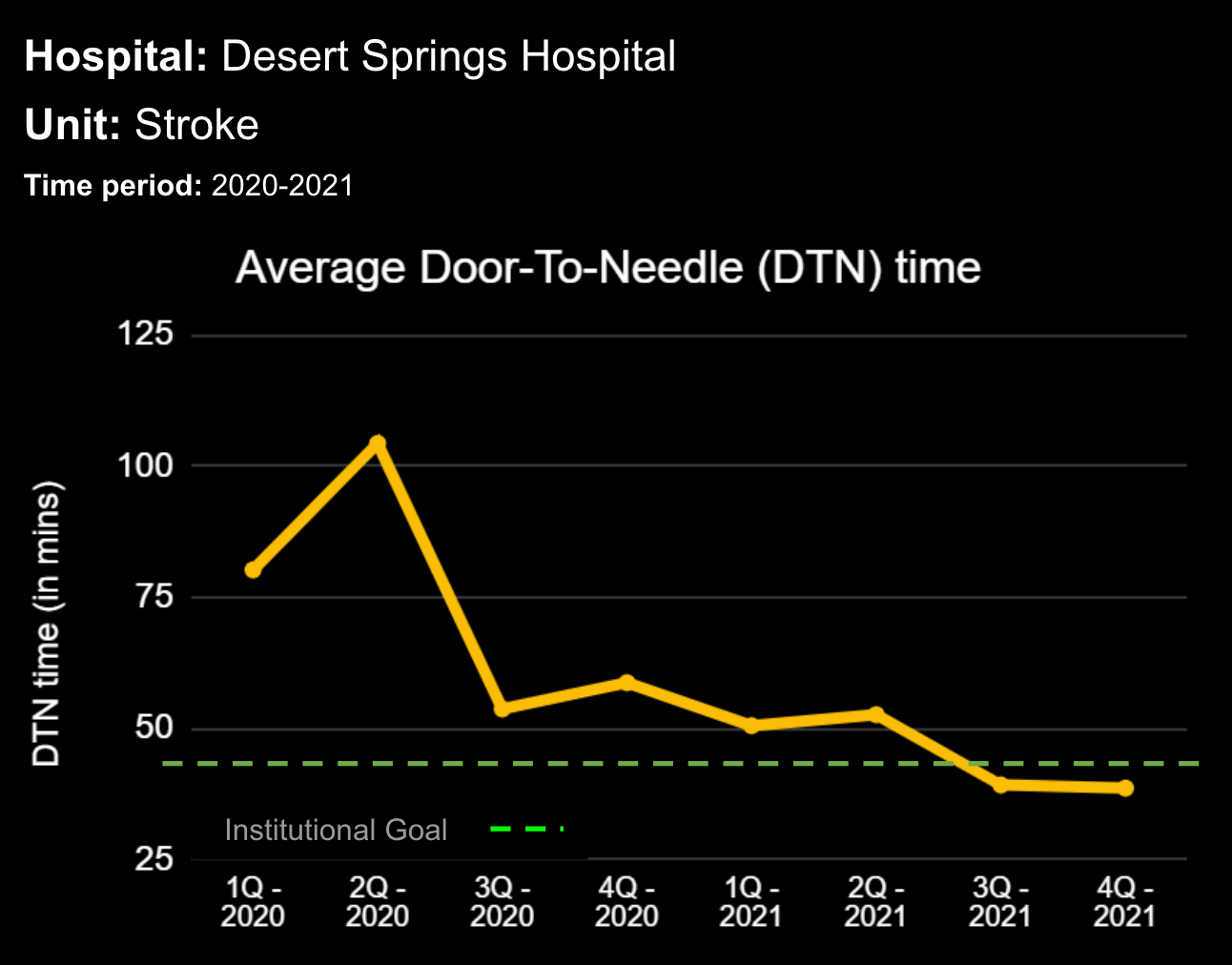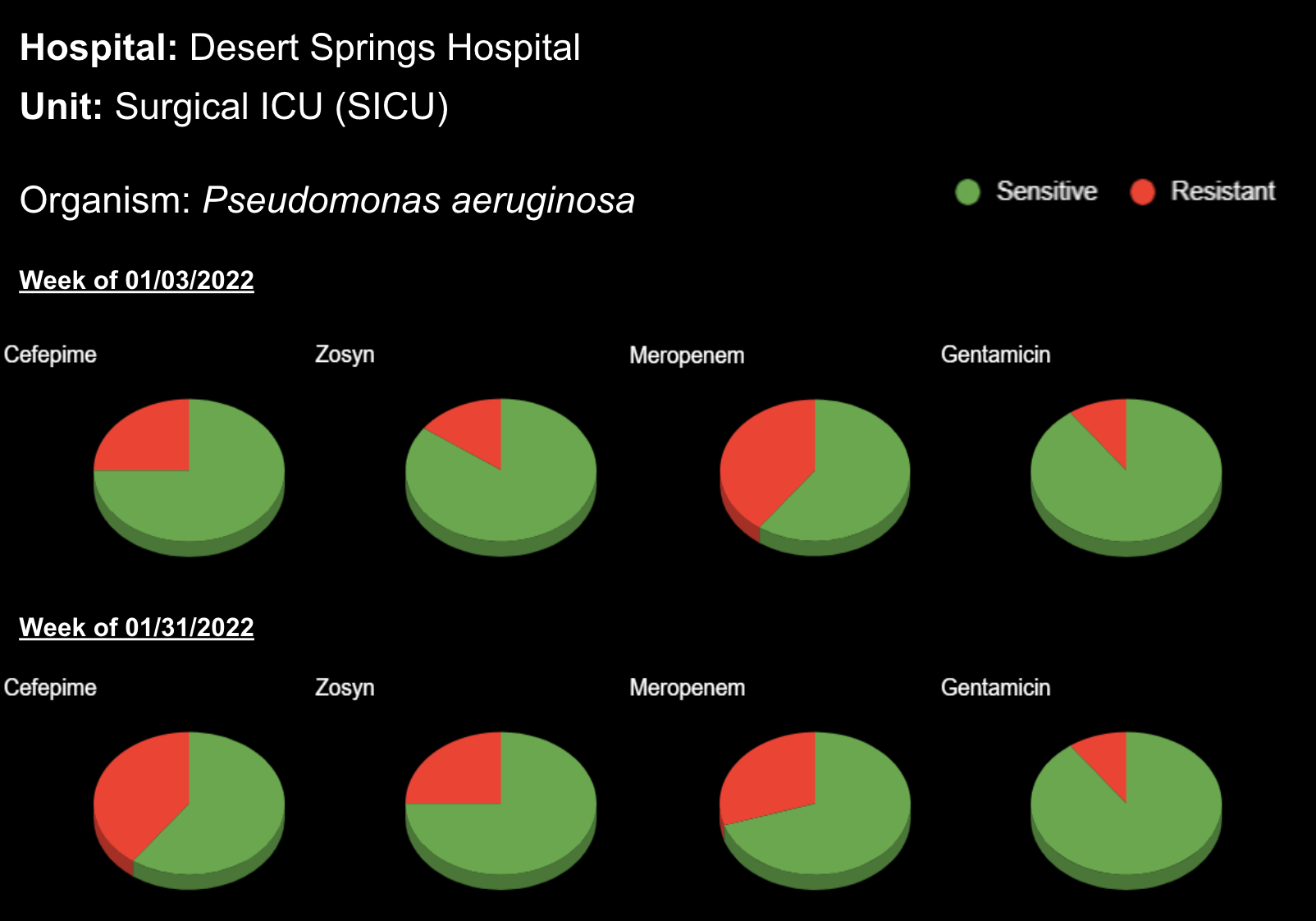
27 Oct Continuous Cloud-Based Early Warning Score Surveillance to Improve the Safety of Acutely Ill Hospitalized Patients P1

Continuous Cloud-Based Early Warning Score Surveillance to Improve the Safety of Acutely Ill Hospitalized Patients P1
Background
Hospitals today do not have streamlined processes to identify at-risk patients sooner for earlier intervention. As a result, patient safety is an issue with unexpected hospital admissions to critical care units occurring more frequently, leading to poorer patient outcomes. Some hospitals have initiated Rapid Response Teams (RRT), highly qualified nurses to monitor all the patients outside of the critical care units to mitigate this issue. However, the RRT only reacts when the bedside nurse or a care team member identifies a problem with the patient’s condition. Often, the patient would have shown deteriorating signs earlier with continuous monitoring, yet without real-time warnings, desperate measures have to be undertaken to save the patient. Failure to identify and prevent decompensation increases costs and is one of the leading loss leaders for the hospital.
Methods
In this study, a 650-bed quaternary care hospital ran an intervention and control group (approximately 15,000 patients each) over six months for identifying at-risk patients. The control group used standard hospital procedures with vital sign checks every 4-12 hours. The intervention group used DECISIO’s InsightIQ to screen patients continuously and immediately alert the RRT. Additionally, the RRT could monitor all hospital patients on screens from their office using multiple NEWS thresholds for the patient population. Once the team identified an at-risk patient, they would evaluate the patient and perform a lactate draw.
Results
Intervention group patients had significantly better outcomes than control group patients on these metrics:
● 2.5x more likely to have lactate ordered in a timely manner
● Among patients with a lactate ordered within 24 hours, there was reported a 47% reduction of in-hospital mortality
● Associated 4.70 days less hospital length of stay (LOS)
Conclusions
The National Early Warning Score (NEWS) is a validated measure to predict patient decompensation using the patient’s physiological signs. NEWS value has multiple threshold points - the more severe the patient’s condition, the higher the NEWS value. Despite the utility of NEWS, the implementation mechanisms vary across health systems, resulting in variable outcomes.
Technology advancements in healthcare allow at-risk patients to be monitored continuously with cloud-based software rather than relying solely on human interaction processes. Certain versions of the current EHRs can calculate the NEWS but cannot send out real-time alerts to the RRT or the care team for earlier intervention. DECISIO’s InsightIQ aggregates and prioritizes near real-time data from any device and uses continuous bedside surveillance to efficiently identify at-risk patients.




